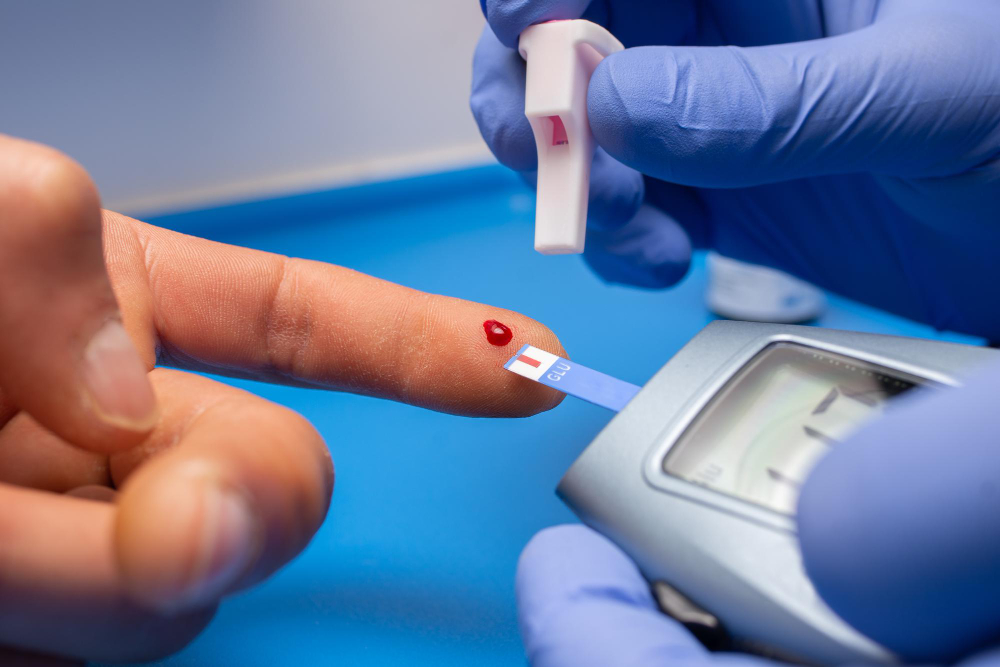Diabetes is becoming more common these days. It affects millions and is a big issue for public health. Detecting diabetes early can help manage it better and lower health risks later on. This guide is here to help you get ready for your diabetes screening test. Knowing what to expect and how to prepare will make the process smoother and more effective.
The Fundamentals of Diabetes and Screening Tests
Diabetes comes in different types. There’s type 1, type 2, prediabetes, and gestational diabetes. Type 1 usually appears in childhood, and it happens when the body doesn’t produce insulin. On the other hand, type 2 is more common in adults and occurs when the body doesn’t use insulin properly. Prediabetes is a warning sign that you might develop type 2 diabetes. Gestational diabetes happens during pregnancy and can affect both mother and child.
Screening tests are key for catching diabetes early. The earlier you know, the easier it is to manage and avoid complications. These tests check your blood sugar levels to see if they’re normal or not.
Knowing who should get a diabetes screening test is important. If you’re 45 or older, it’s usually a good idea to get tested. If you’re younger but overweight or have a family history of diabetes, you should consider it too. Other risk factors include high blood pressure or cholesterol. Your doctor can give you the best advice based on your personal health situation.
Navigating the Various Diabetes Screening Tests
There are a few main types of screening tests you might encounter. The A1C test, for one, checks your average blood sugar levels over the past few months. You don’t need to fast for this one, making it relatively hassle-free.
The Fasting Blood Sugar Test requires you to not eat or drink anything but water for at least eight hours before the test. This helps get an accurate picture of your fasting blood sugar level. Usually, this test is done in the morning.
Then there’s the Oral Glucose Tolerance Test. This one is a bit more complex. You fast overnight, then drink a sugary liquid. After two hours, your blood sugar is tested. This method can show how well your body processes sugar.
Finally, the Random Blood Sugar Test can happen at any time, whether you’ve eaten or not. This test gives quick insight into your current blood sugar level, but it is not as comprehensive as other tests.
When preparing, keep these tips in mind:
- Understand fasting requirements. Some tests need you to fast. Check with your doctor about how long you need to go without food or drink.
- Consider your health factors. Things like taking certain medications or stress can affect your results. Let your healthcare provider know about relevant details.
- Test day checklist:
- Bring your ID and any paperwork your doctor provided.
- Wear comfortable clothing; you might get a bit chilly in testing rooms.
- Bring water and a snack for after the test, especially if it’s a fasting one.
Taking these steps will help ensure the accuracy of your diabetes screening test.
Understanding Your Screening Results and Next Steps
After your screening, you’ll want to understand the diabetes screening test results. Doctors usually provide results within a few days. Don’t hesitate to ask when you can expect them.
Here’s what the results generally mean: – A1C levels below 5.7% are considered normal. – Between 5.7% and 6.4% indicates prediabetes. – 6.5% and above suggests diabetes.
If your results show prediabetes or diabetes, your doctor will likely schedule a follow-up. Confirmations with a second test are not uncommon.
Understanding the importance of diabetes screening tests helps you take charge of your health. After getting your results, consider making lifestyle changes. Diet changes and regular exercise can improve or even reverse prediabetes.
Regular monitoring is part of managing your health better. Knowing the importance of diabetes screening tests and what they tell you can guide healthy choices. So, stay informed, listen to your doctor, and take charge of your healthcare journey.
